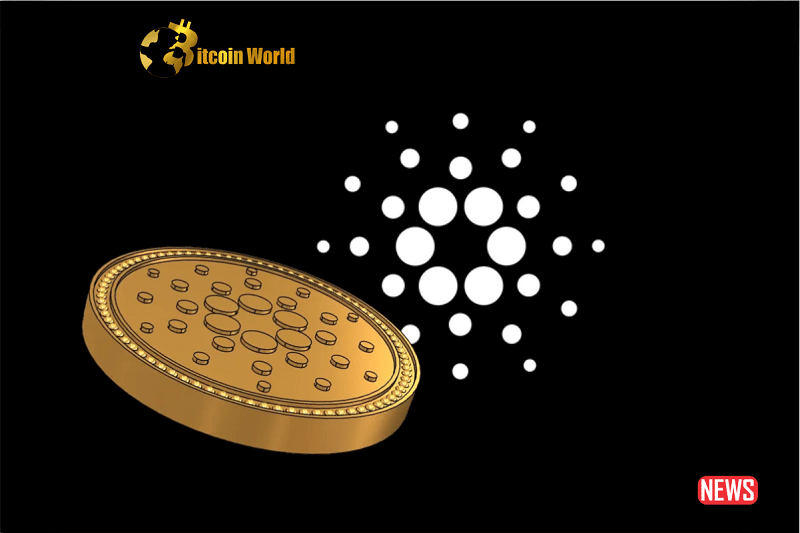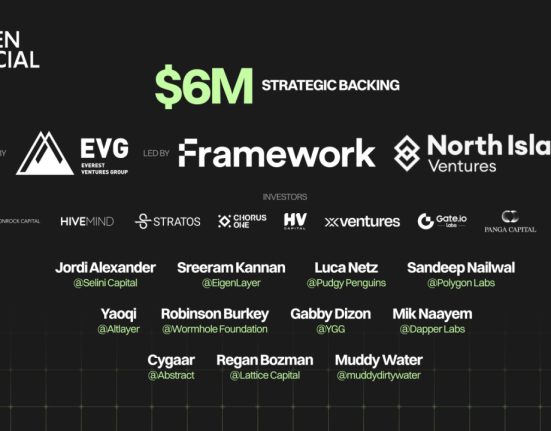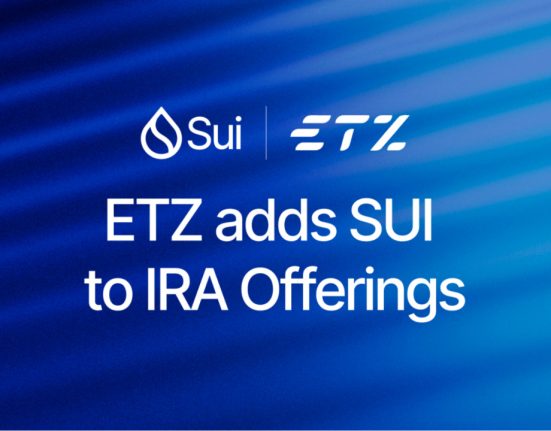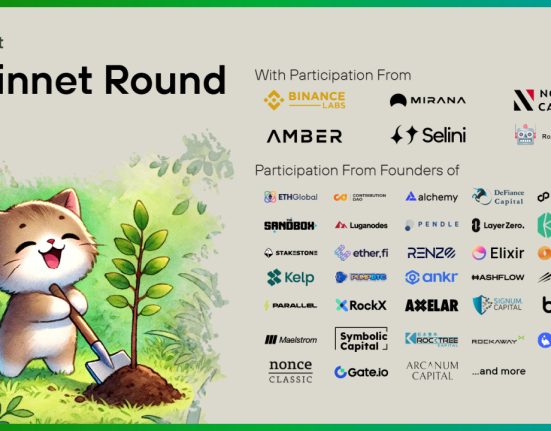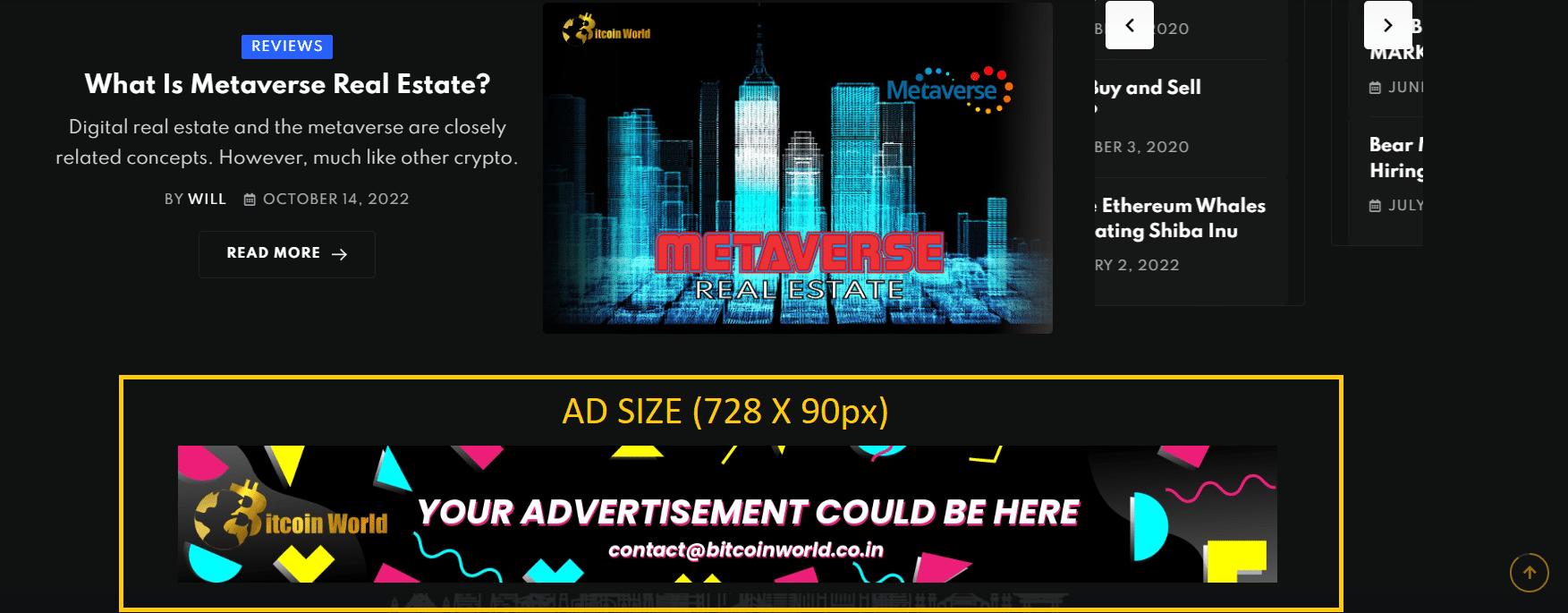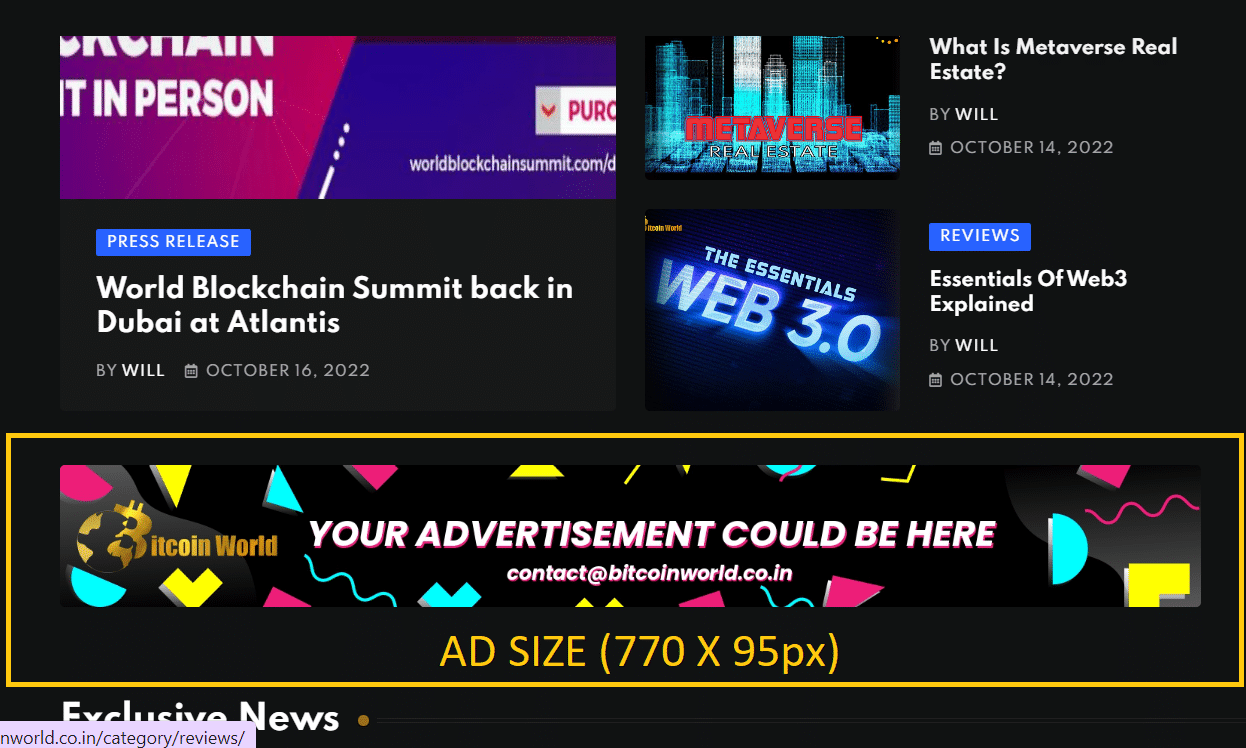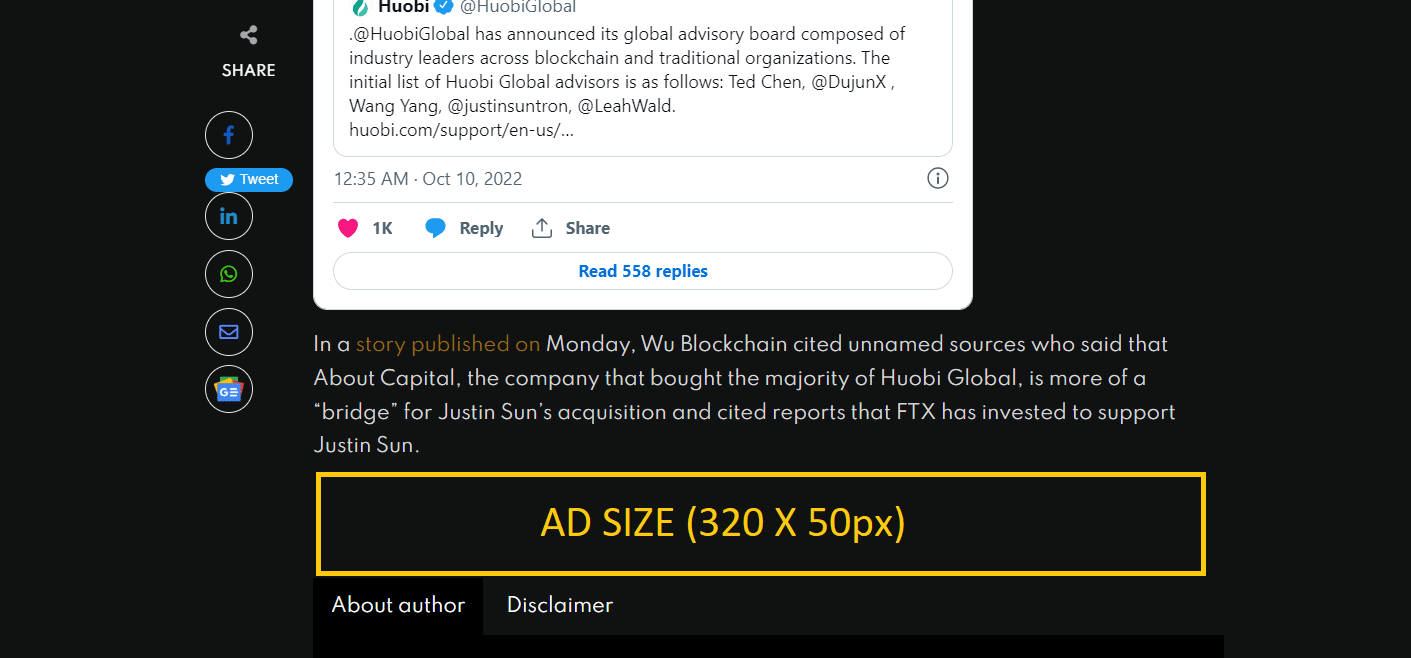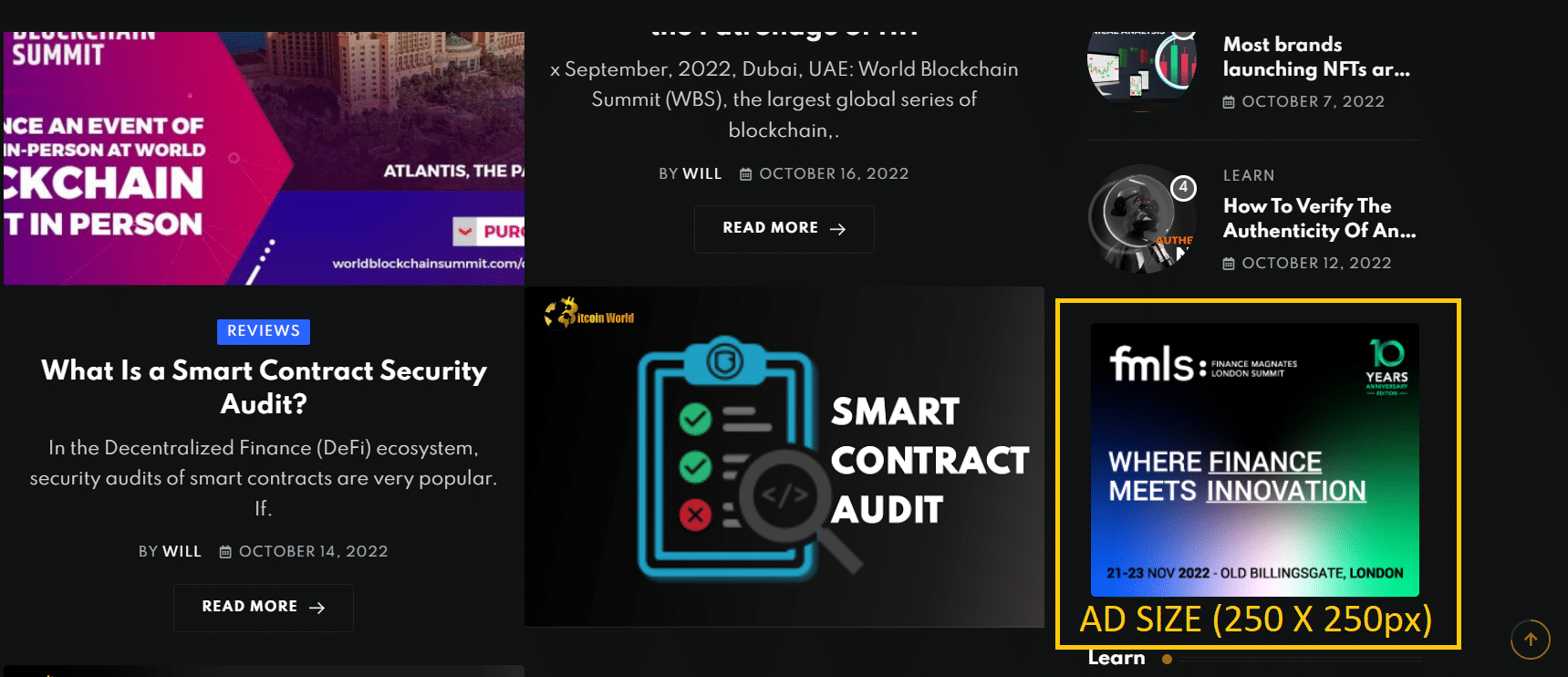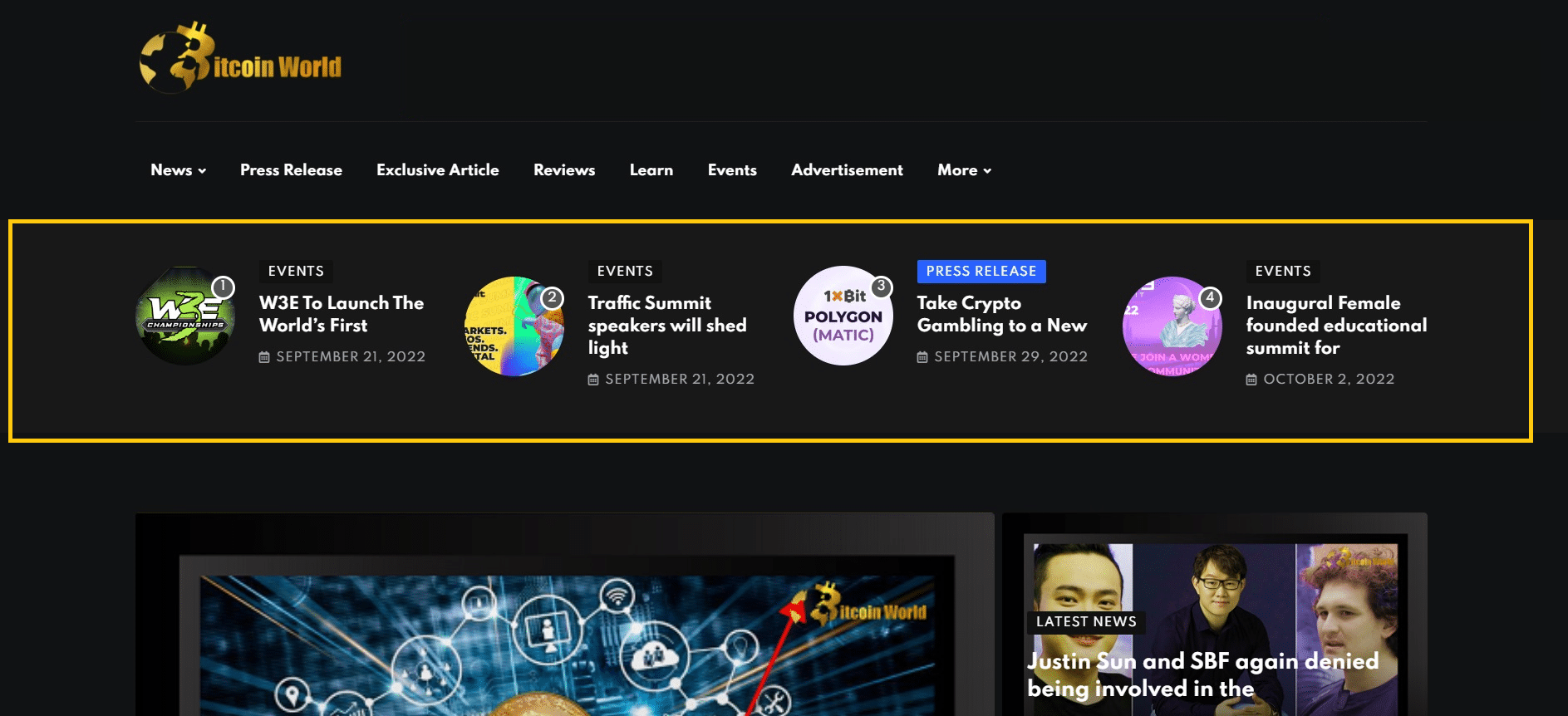Cardano [ADA], like most cryptocurrencies, had a drop over the weekend (6-7 May). Cardano’s load, according to Sebastian Guillemot, co-founder of dcSpark and contributor to the Cardano platform, was 94% as of 8 May 2023. What does this signify for Cardano and ADA going forward? Let us discover…
According to the Cardano contributor, all transactions on the network are processed on a first-come, first-served basis. However, once the load reaches 100%, transactions are queued and users may have to wait for their transactions to complete.
Furthermore, the longer the transaction wait time, the higher the load after 100%. If the load reaches 100%, stake pools may be able to sell priority access to users and dApps. They might also reach a point where they prefer one DEX over another.
In response to the age-old question of whether the blockchain was in a better position than it was in 2021, the executive stated that it was. Additionally, the executive suggested that block sizes might be increased and tiered fees could be implemented. Guillemot also noted that Cardano’s overall scalability might be improved.
At the time of writing, the news had had no effect on ADA’s performance. The altcoin was trading at $0.363 and had lost 4.12% in the previous 24 hours. Furthermore, the altcoin has been down 5.75% in the last seven days. Furthermore, according to DefiLlama data, ADA’s Total Value Locked (TVL) was at $145 billion at the time of publication.
ADA’s TVL fell 3.6% in the last 24 hours. The number of active network users has also decreased. Furthermore, as of 7 May, the number of active users stood at 48.4k, with a higher concentration in the same area as in the previous several days.
Furthermore, according to CoinGlass statistics, ADA’s long/short ratio did not exactly paint the nicest picture. The narrative might be seen as pessimistic because most traders preferred shorter positions, particularly in the last two days.
According to Santiment data, the total number of ADA holders has decreased since the end of April. The press time number of 43.7 million increased slightly in the last three days, but not significantly enough to warrant an optimistic narrative. ADA’s social dominance, on the other hand, soared and hit its second-highest peak in the last three months. This suggested that there was a lot of buzz about the chain on social media. To change its negative narrative, ADA will need to do much more than merely be the conversation of the town.

